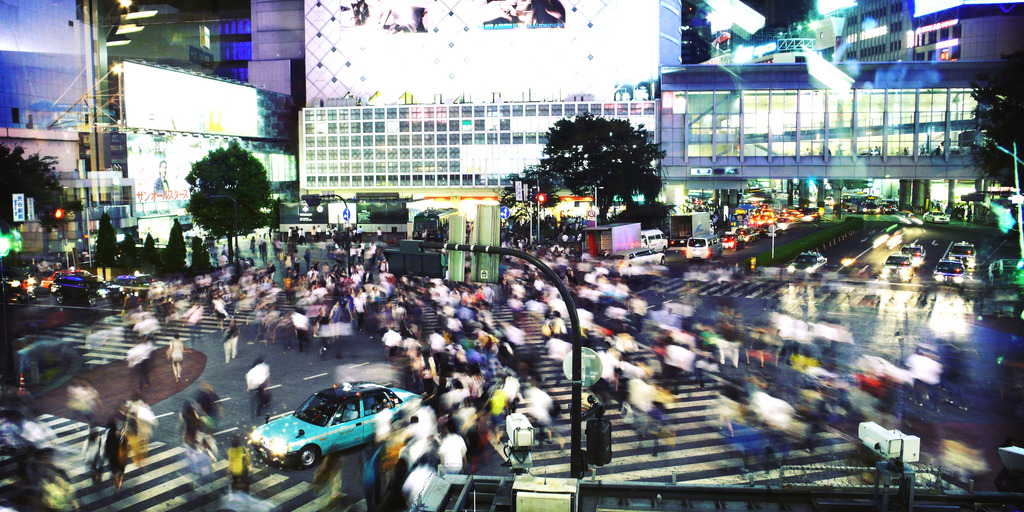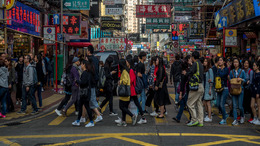Social cohesion is a relatively new concept that describes a not yet adequately understood quality of societies – one that makes them robust, sustainable and livable. Over the past two decades, it has received increasing attention in both academic and policy discourse. The explicit or implicit assumption often is that social cohesion is or could be weakened by the consequences of modernization and globalization. That is why social cohesion is seen as an important policy goal by many governments, supranational and international organizations, as well as by nongovernmental organizations, think tanks, and other actors of civil society.
Despite this growing interest, little is known about the conditions that foster or weaken social cohesion, or about its tangible or intangible outcomes. Against this backdrop, the Bertelsmann Stiftung developed the “Social Cohesion Radar”, a multidimensional measuring instrument that integrates different facets of cohesion. In this context, social cohesion is understood as the quality of social cooperation and togetherness in a territorially delimited community. More specifically, a highly cohesive society is characterized by three elements: resilient social relationships, a positive emotional connectedness with the community among its members as well as a pronounced focus on the common good.
In a new study, a team of academic experts headed by Prof. Dr. Klaus Boehnke (Jacobs University Bremen) and Prof. Dr. Jan Delhey (Otto von Guericke University Magdeburg) conducted a comparative analysis of the state of social cohesion, the determinants that shape it, and its consequences in Western and Asian societies. The findings were published under the title “Social Cohesion and Its Correlates: A Comparison of Western and Asian Societies” in the prestigious journal Comparative Sociology. The empirical analysis is based on previous studies of the “Social Cohesion Radar”. Bringing together separate analyses of 34 Western and <link en our-projects germany-and-asia news what-holds-asian-societies-together>22 Asian societies, the authors explore the associations of economic, social, political and cultural conditions with cohesion, as well as the associations between cohesion and population well-being. The main goal of the study was to identify both “universal” correlates of social cohesion that work similarly in both world regions and “particularistic” ones, which operate differently in Western and Asian societies.






